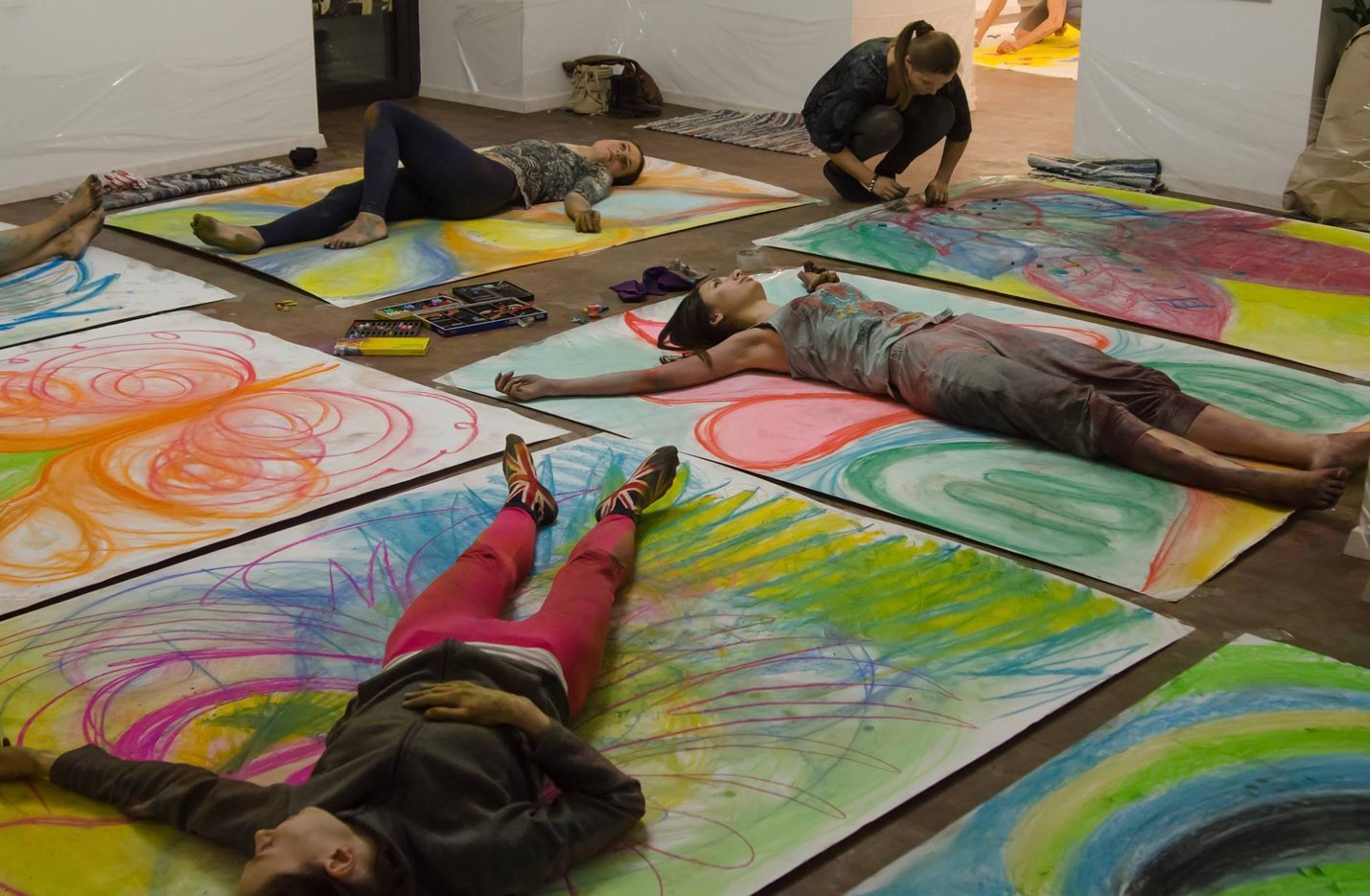In today’s fast-paced world, we often neglect our creative sides. But what if expressing yourself creatively could not only be enjoyable but also therapeutic? Art therapy is a powerful tool that utilizes artistic expression to explore emotions, improve mental well-being, and foster self-discovery.
What is Art Therapy?
Art therapy goes beyond creating beautiful artwork. It’s a guided process where a qualified therapist uses art-making activities to help individuals explore their inner world. Unlike traditional therapy that relies solely on verbal communication, art therapy provides a safe space for nonverbal expression, allowing emotions and experiences to be conveyed through colors, shapes, and textures.
Benefits of Art Therapy:
Art therapy offers a range of benefits for people of all ages and backgrounds. Here are some key advantages:
- Improved Emotional Awareness: Art therapy allows individuals to connect with and process difficult emotions in a safe and non-judgmental environment.
- Stress Reduction & Relaxation: The creative process can be calming and meditative, promoting stress reduction and relaxation.
- Enhanced Self-Esteem: Creating art can foster a sense of accomplishment and boost self-confidence.
- Improved Communication Skills: For those who struggle with verbal expression, art therapy offers an alternative way to communicate thoughts and feelings.
- Greater Self-Discovery: Engaging with art materials can unlock new perspectives on oneself and lead to deeper self-understanding.
Expressive Techniques in Art Therapy:
Art therapy encompasses a wide range of techniques, tailored to individual needs and preferences. Here are some popular methods:
- Drawing & Painting: Using various mediums like crayons, pastels, or watercolors allows individuals to express emotions through color and form.
- Mandala Making: Creating circular patterns can be a meditative practice promoting focus and relaxation.
- Clay Sculpting: Molding clay provides a tactile experience for exploring emotions and inner conflicts.
- Collage: Combining found materials like paper, fabric, or photographs can be a creative way to explore personal narratives.
- Sand Tray Therapy: Creating scenes in a sand tray with miniature objects allows individuals, particularly children, to express themselves symbolically.

Who Can Benefit from Art Therapy?
Art therapy is a valuable tool for a wide range of individuals seeking mental health support. It can be particularly beneficial for those experiencing:
- Anxiety & Depression: Art therapy can provide a safe space to explore and manage difficult emotions.
- Trauma: Expressing traumatic experiences symbolically through art can be a powerful path to healing.
- Eating Disorders: Art therapy can help individuals explore body image issues and develop a healthier relationship with food.
- Learning Disabilities: Art therapy can provide alternative ways for individuals to communicate and learn.
Getting Started with Art Therapy:
If you’re interested in exploring art therapy, here’s what you can do:
- Find a Qualified Therapist: Look for a therapist certified in art therapy to ensure professional guidance.
- Open Your Mind: Approach art therapy with an open mind and a willingness to experiment.
- Focus on the Process: Don’t worry about creating a masterpiece. The focus is on the journey of self-expression.
Conclusion
Art therapy is more than just creating art; it’s a journey of self-discovery and healing. Whether you’re looking for a creative outlet, managing mental health challenges, or simply seeking a new way to explore your inner world, art therapy can be a powerful tool for growth and well-being. So, unleash your inner artist and embark on a transformative journey through creative expression.



